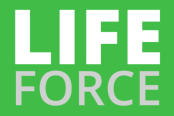

The magazine of the photo-essay

May 2018 issue


“A free, really high quality photo-essay magazine. Fabulous!”
Stephen Fry. British actor, writer and film maker
by Manuello Paganelli
Manuello Paganelli has documented the daily activities of the people and
the culture of Cuba for more than twenty-five years. In his debut book,
Cuba: A Personal Journey 1989-2016, Paganelli brings together over 115
black and white images that celebrate the indomitable spirit of Cuba—
its cuisine, music, dance, and everyday life—persisting in the midst of
varying political pressures and economical complexities.
.


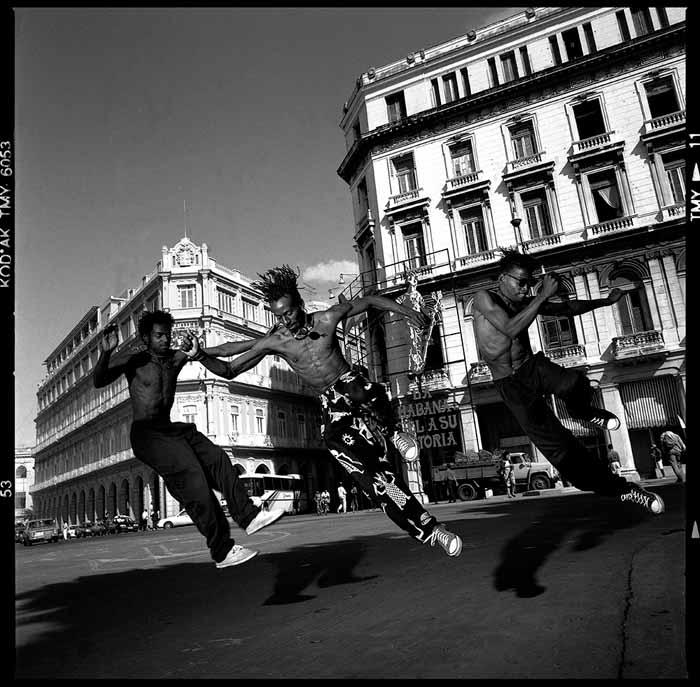
Hip-Hop Havana. In 1995 I was sent to Cuba by the US publication Vibe magazine to cover the underground culture of
rap music in Cuba. A few months later I returned to Cuba and brought magazines with my photos to give to my subjects.
One of the guys from this photo didn't get a copy of the magazine because right before I arrived in Cuba, he married a
French woman and moved to Europe.
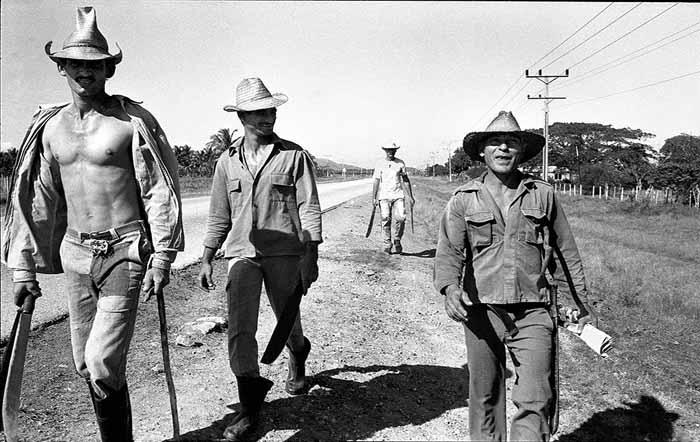
Working Campesinos. On their way to work the field. Most farmers don’t own their land, 80% of farming land is owned by
the state.
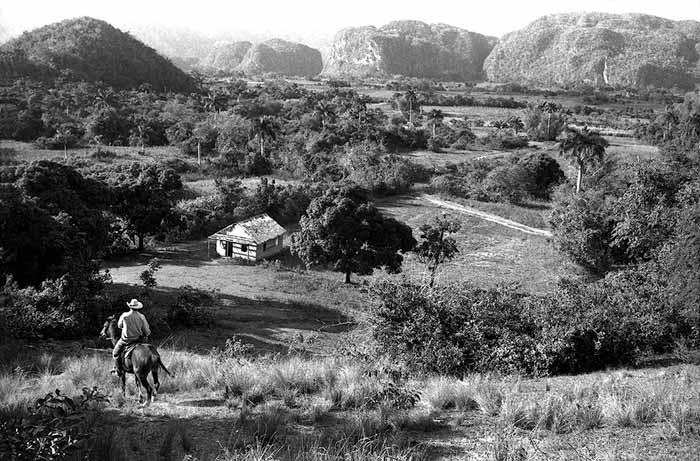
Prairie Cowboy. Viñales, with its striking terrain which resembles a carpet of green tobacco, dotted with large, ubiquitous
magotes, rising up like rough high-rises.
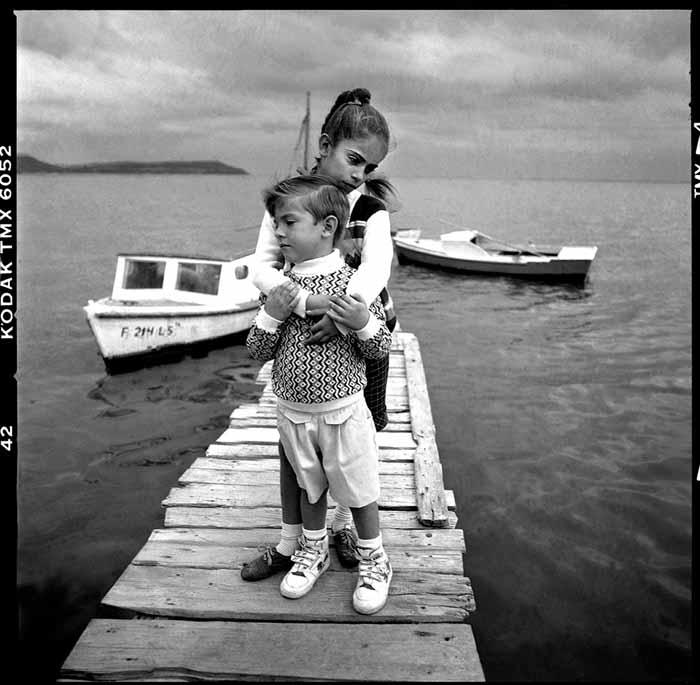
My Cuban Cousins. This image was taken in the early '90s. It shows two of my cousins right after I came back from a
fishing trip with two older family members. They were waiting by the dock and were dressed beautifully. The sky was
getting black, and before the hard rain dropped on us, I ran a couple of blocks to the house to get my Hasselblad. I was
able to snap a few frames of them just before the skies opened up. This image was one of my book photo editor's
favorite and made the cover.
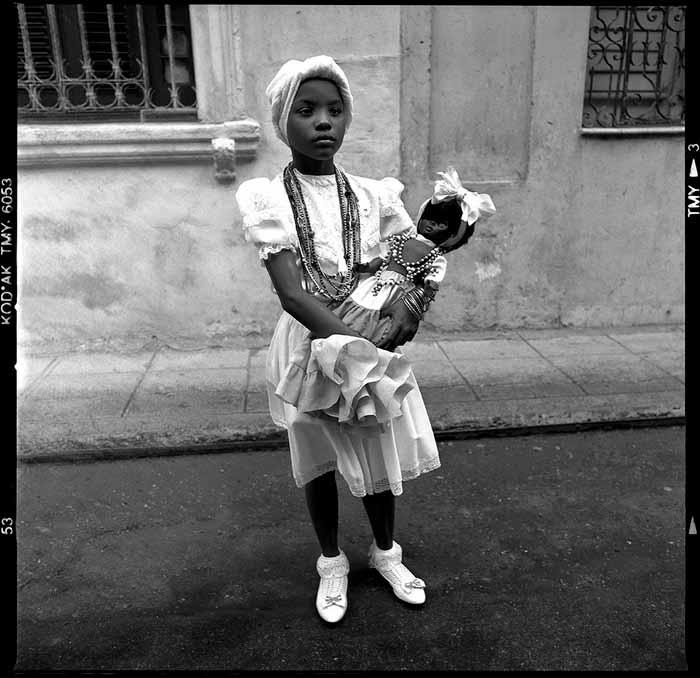
Santerita or Little Santera. This girl practices Santería—a blend of Catholic religion and African beliefs—which was
brought to the island by black slaves. Today many Cubans blacks and whites, practice Santería.
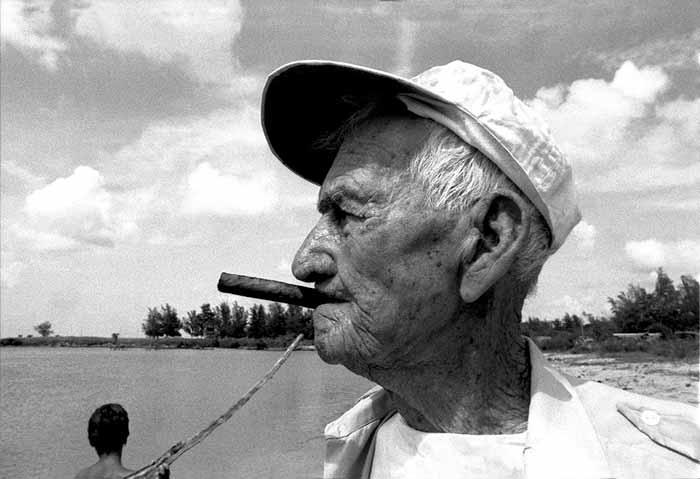
Gregorio Fuentes—"The Old Man and the Sea.". It must have been 1992 when I first met Fuentes. He was one of two
models used by Ernest Hemingway for his novella "The Old Man and the Sea." "Everything about him was old except his
eyes and they were the same color as the sea and were cheerful and undefeated."
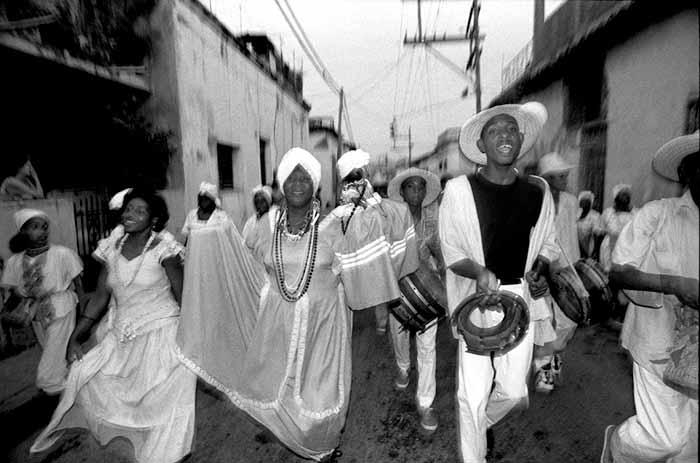
Santiago de Cuba Carnivals. Santiago de Cuba is the place to be in July. The carnival originated during the colonial times,
when black slaves were given permission by the Spaniards to celebrate their own Epiphany in their own colorful joyful
way.
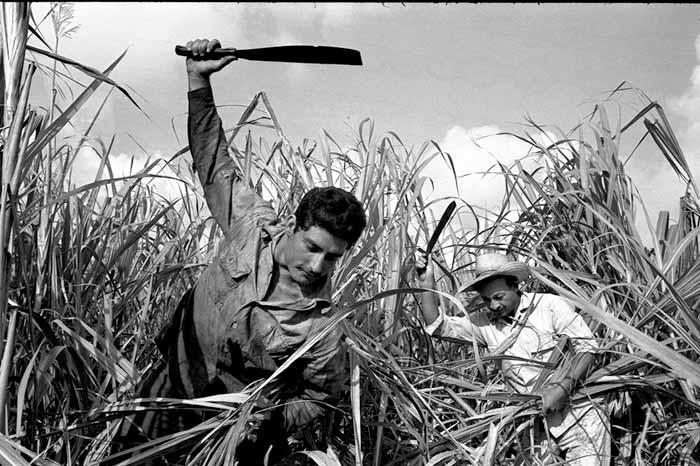
Harvest Time. There is nothing easy about working the sugar fields. The leaves are razor sharp and easily will cut their
skin.
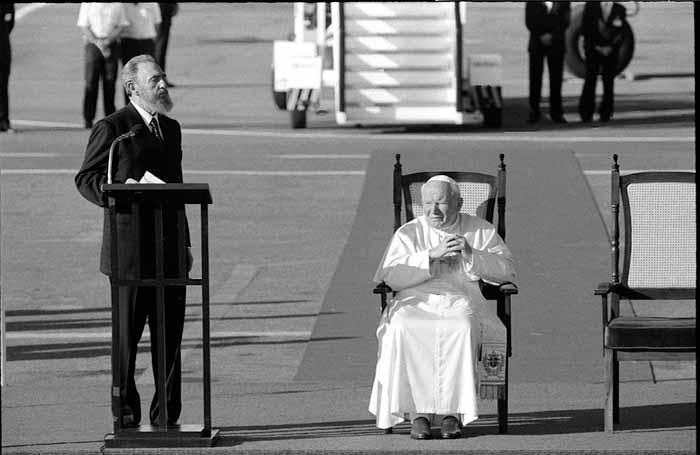
Fidel and Pope John Paul II. In 1998, Pope John Paul II made a five-day pilgrimage to Cuba. It was a first for a pontiff. After
his historical trip to the island things started to change for the best for most Cubans.
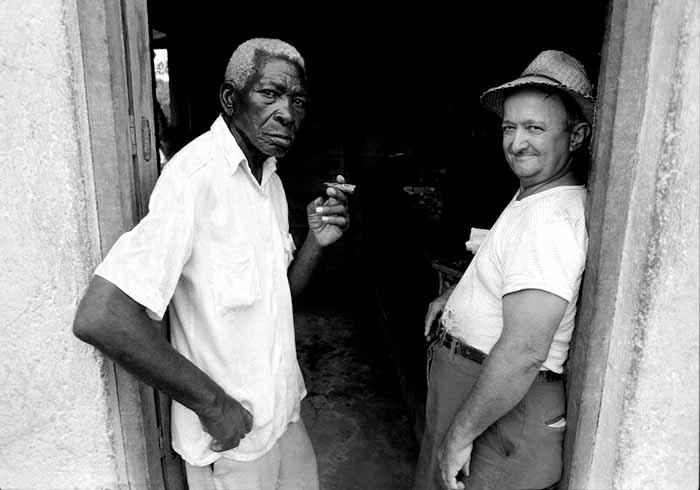
Cuban Buddies. Before the revolution, 2/3 of the population was white. Racism was an issue and opportunities for blacks
were rare. Today, the population is around 60%, and all races have equal access to schooling and higher educations.
Still, in most tourist places black workers are not as present.
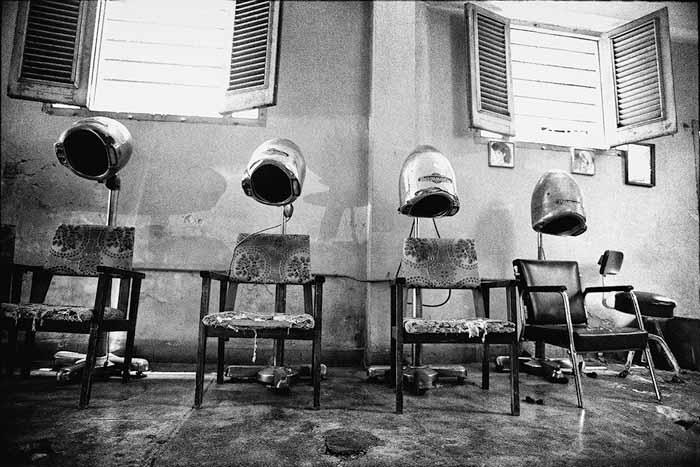
Beauty Shop. A relic from the past which is probably difficult to find today and probably as old as those old ancient North
American cars roaming the streets.
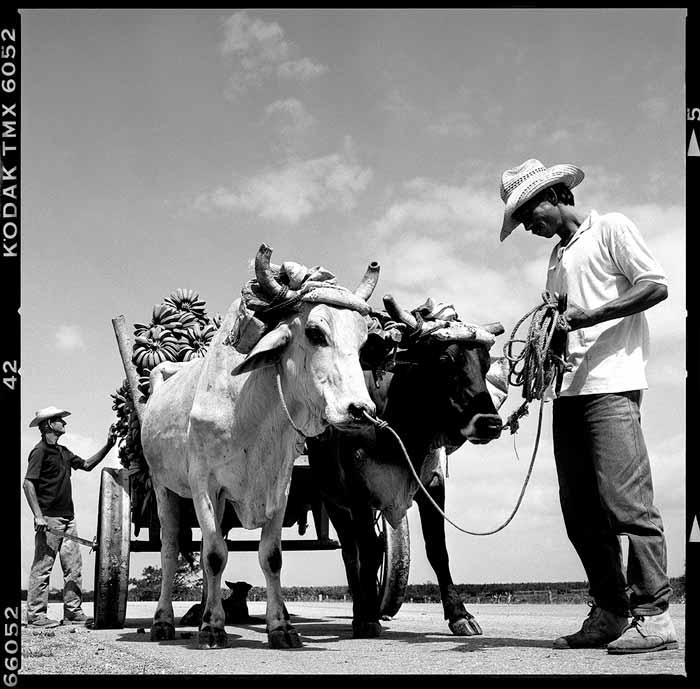
On The Road. A team of oxen stopping to deliver much needed platanos.
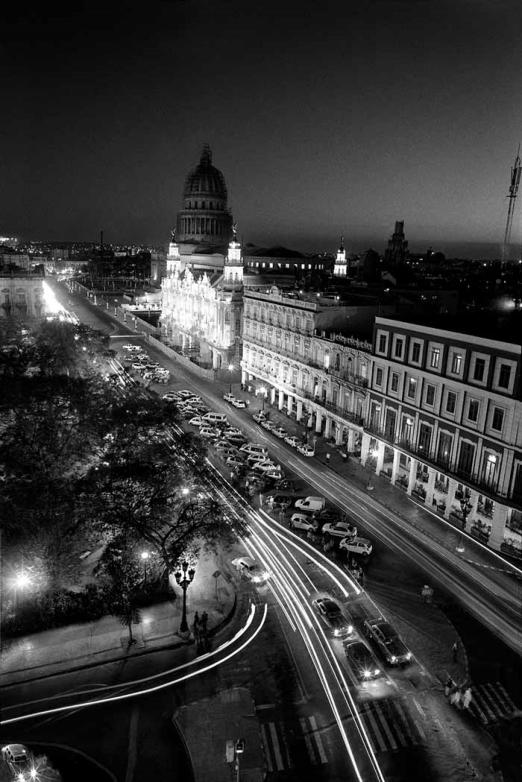
Night time in Havana a reminiscent of its old glorious days when North Americans flocked
the gambling casinos who were operated by USA Mafia.
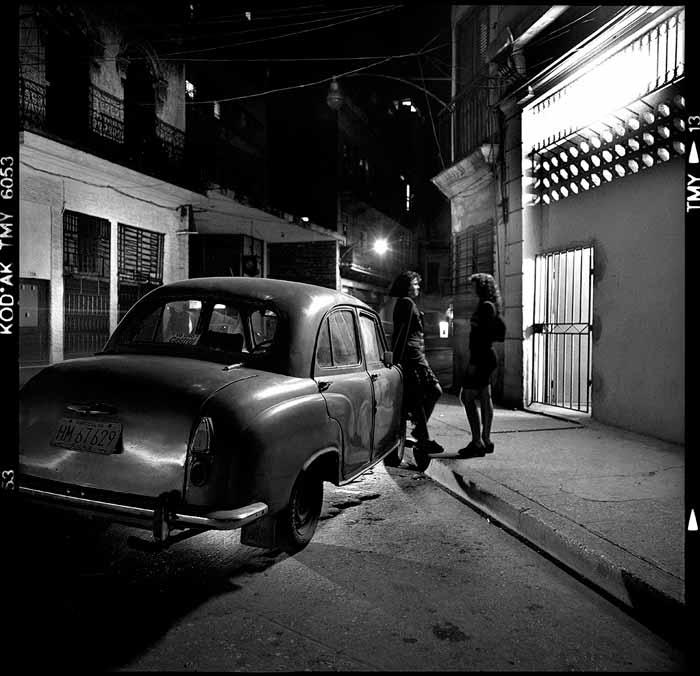
Havana Noir. These sisters wait for their dad by an antique car. Their father runs a government almacén (warehouse)
where food, milk, and foreign produce are stored. For a Cuban during the "Periodo Especial" this was a great job to have,
because it meant that there was always food at home.
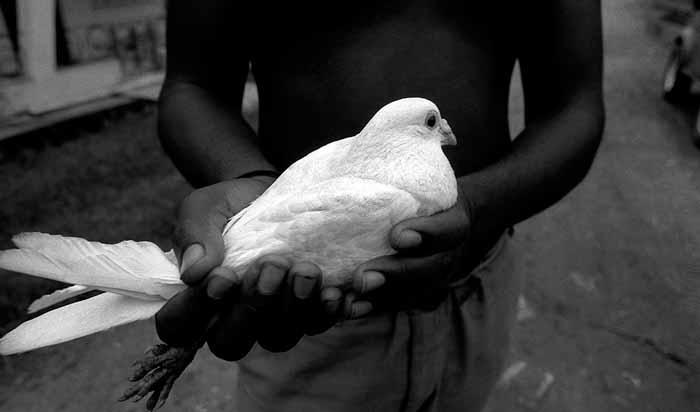
Hands of Freedom. From a distance this young man approached where I was standing on the side of the street. I noticed
something quite bright in his hands. It was a white dove. This was during the special period when the average Cuban lost
20 pounds. I mentioned that Picasso once drew a dove as a symbol of peace and with a smirk on his face he responded,
“I bet Picasso never went hungry.”
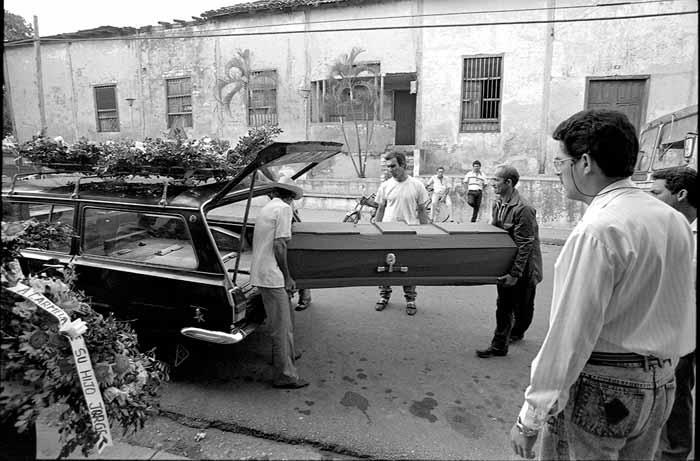
Funeral in Palma Soriano. When Carmela, a pillar of the community, died most of the town came to her funeral and I was
invited by Father Conrado to documented it. Cuban Laundry.
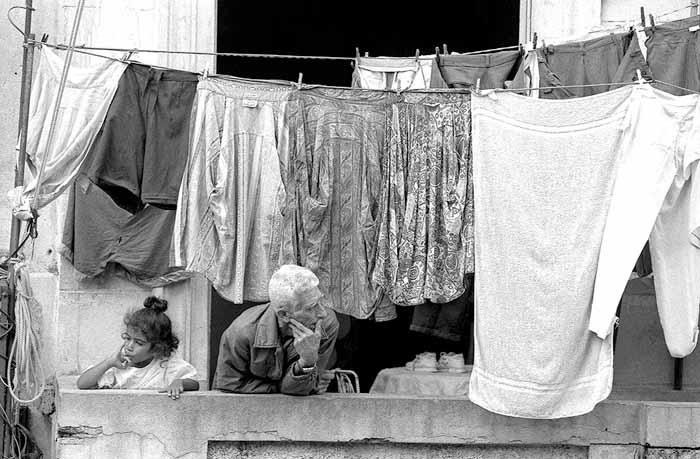
Most Cubans don’t have a washer and dryer. They wash their clothes by hand in a bucket using hot soapy water.
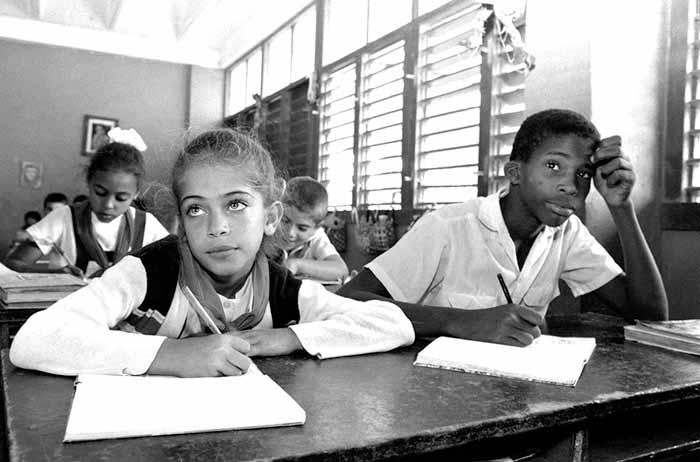
Cuban Education. Cubans are highly educated and have considerable knowledge of world events. Anywhere most
Cubans go they become successful. Transportation.
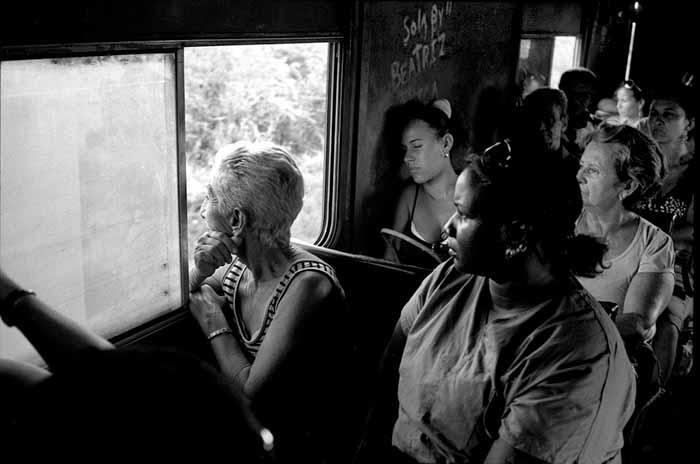

Train Trip. Trains in the island are slow, uncomfortable and can get very hot or cold depending on the time of the day.
But for most Cubans, this is the only form of transportation they have ever known.
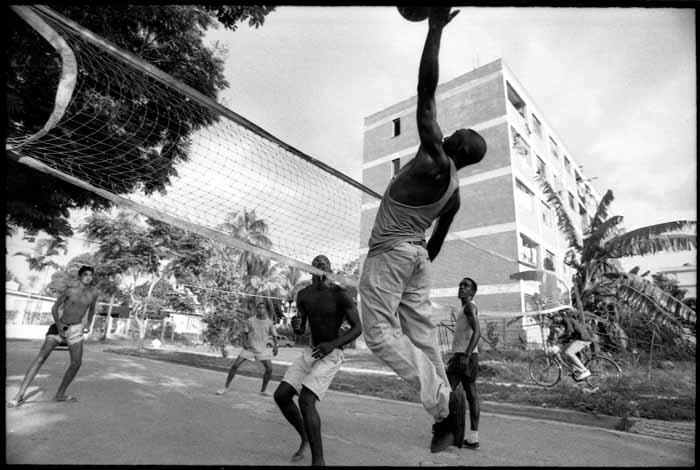
Volleyball Match. Cubans love sports and are famous around the world specially in baseball, boxing.


